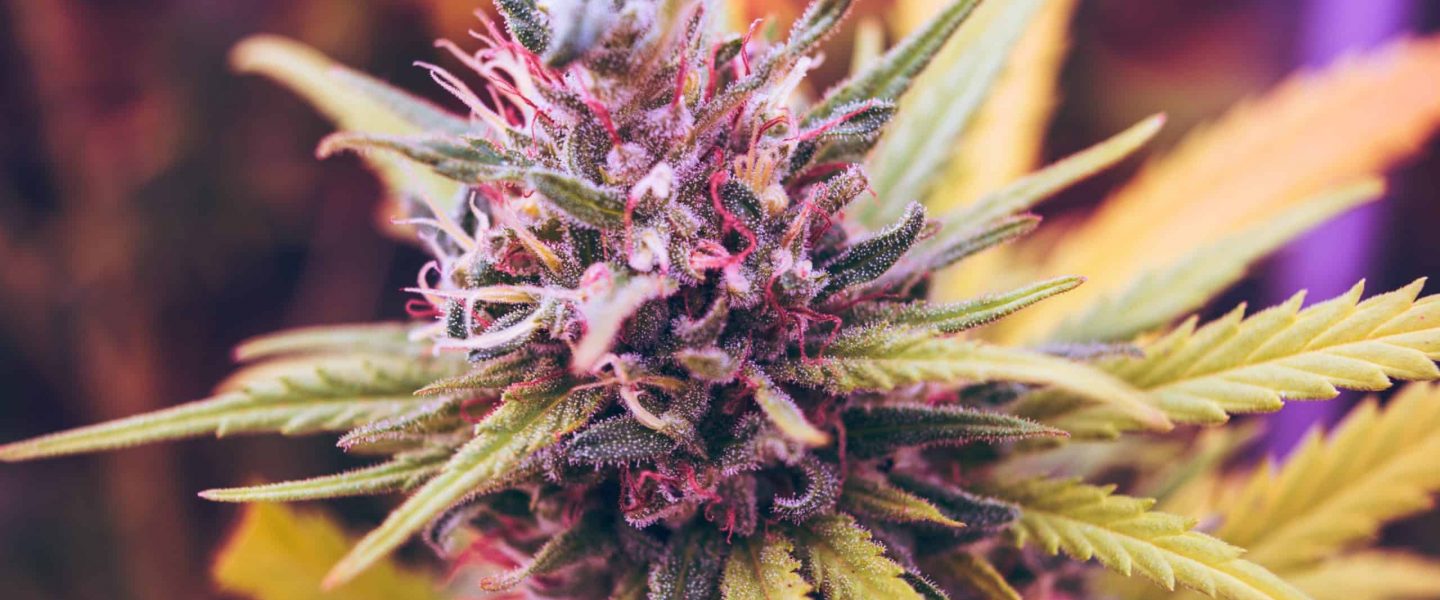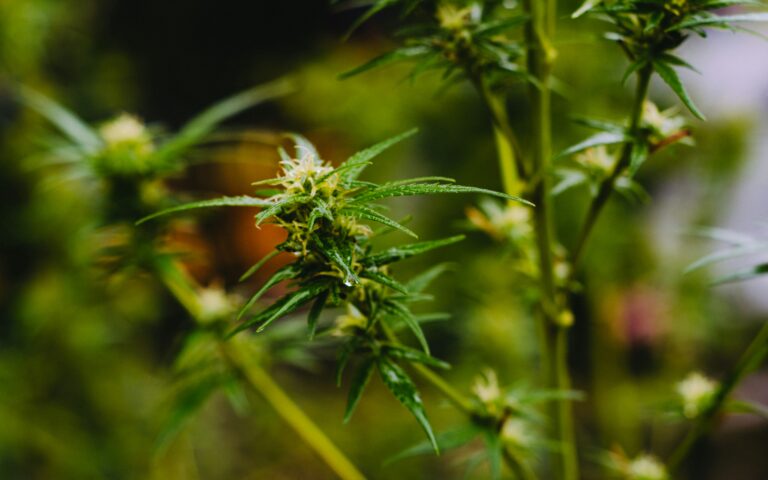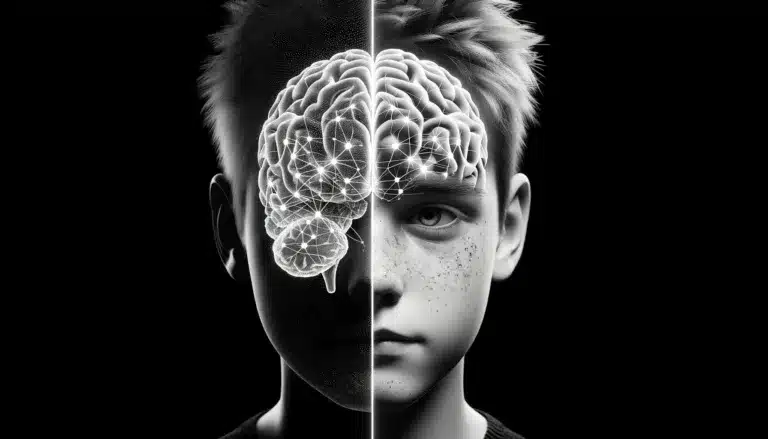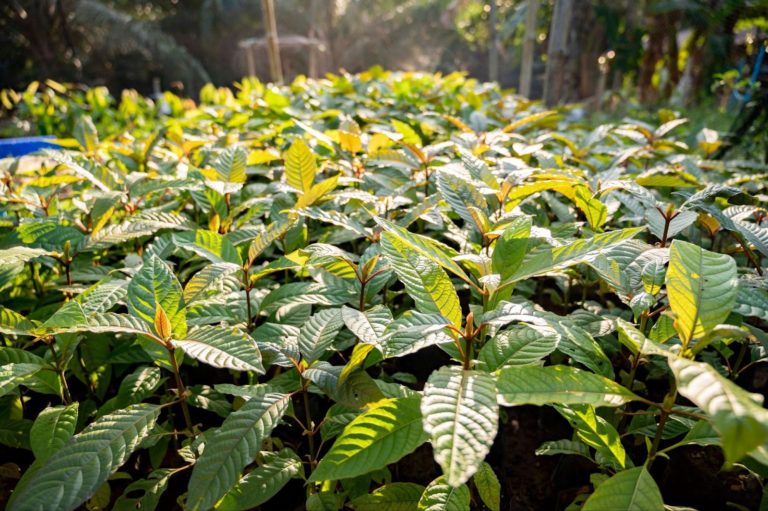
What are Cannabinoids?
Navigating the science (and language!) for the cannabis plant can be tricky. There is so much to learn about this plant from a scientific perspective, and how science can explain it’s various properties. However, much can be explained by understanding what cannabinoids are, and how they work within the human body.
Sadly, it is difficult to find credible sources for this information since it has been locked away by regulatory entities, and we have instead been fed decades of propaganda and conjecture about the cannabis plant.
Thankfully, new platforms like the Sativa Science Club are ready to give us this information in an objective and systematic way.
So….what are Cannabinoids?
A cannabinoid is one of a class of diverse chemical compounds that acts on cannabinoid receptors in cells that alter neurotransmitter release in the brain.
There are 3 different kinds of cannabinoid compounds to note:
- Endocannabinoids – fatty-acid cannabinoids produced naturally in the body
- Phytocannabinoids – found in the oily resin of plants such as cannabis (THC and CBD)
- Synthetic cannabinoids – manufactured by artificial means
Cannabinoids were first discovered in the 1940s when CBD and CBN were identified. The structure of THC was first determined in 1964. Due to molecular similarity and ease of synthetic conversion, CBD was originally believed to be a natural precursor to THC. However, it is now known that CBD and THC are produced independently in the cannabis plant from the precursor CBG.
You can learn more about them, including THC, CBD, CBN, and THCA, from the Sativa Science Club here.







